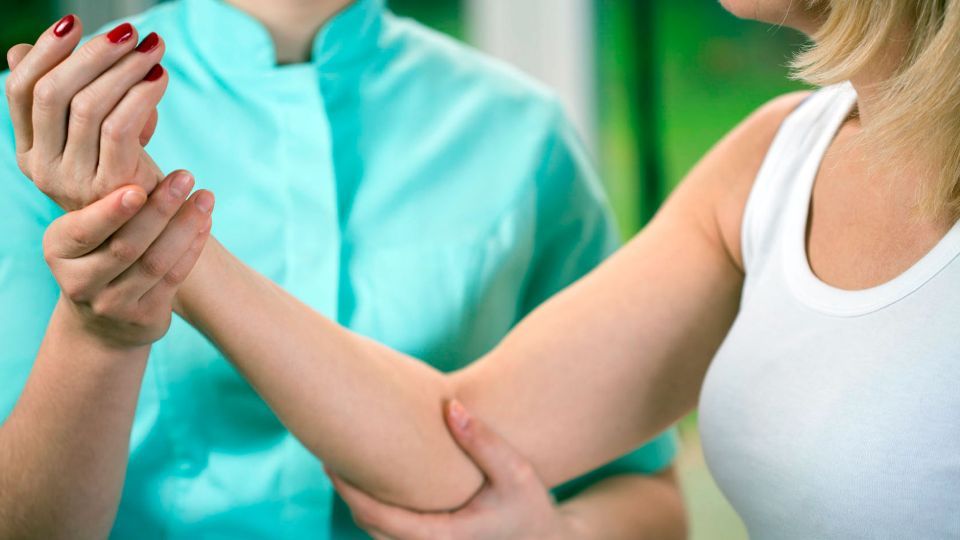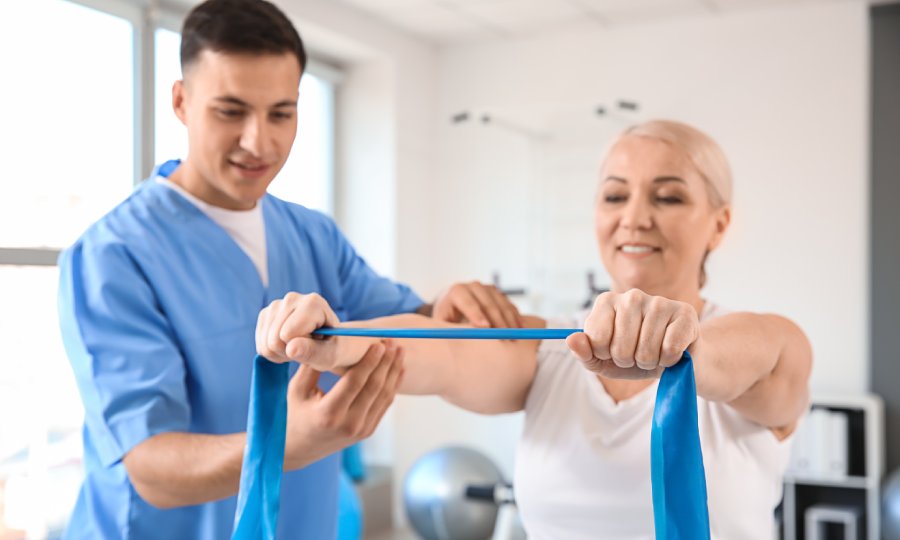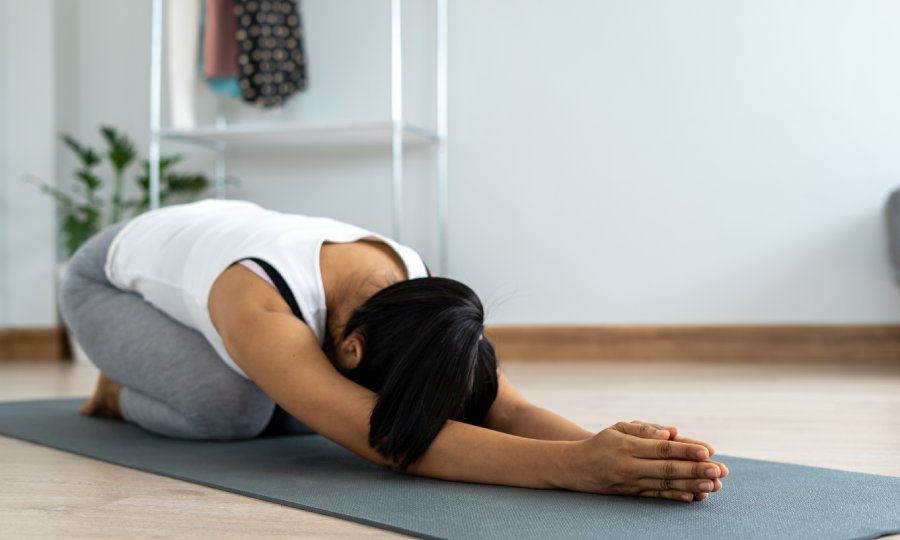You have just experienced a humerus fracture and may be experiencing fear and uncertainty about what is coming. However, I would like to assure you that with adequate support and structure of rehabilitation, you will be able to return to your normal activities. I am a rehabilitation physician with 20 years of experience and will help you understand the recovery process after a humerus fracture.
Understanding a humerus fracture

What is a humerus fracture?
A humerus fracture – an injury in which the humerus is cracked or completely destroyed. It may occur anywhere in the humerus, from the top closer to the shoulder to the bottom of the humerus closer to the elbow.
Causes and types of humerus fractures
Humerus fractures can be caused by injuries, falls, car accidents or diseases such as osteoporosis. There are different types of fractures including simple, closed, open, displaced and non-displaced fractures.
Diagnostics and treatment of the humerus fracture
A humerus fracture is commonly diagnosed by X-ray. Treatment can include immobilization, surgery and rehabilitation.
Early stage of rehabilitation after the humerus fracture

What is to expect in the early period of rehabilitation
In the early period after a fracture, it is important to maintain the mobility of the arm joints in order to prevent congestion and aggravation of blood circulation. It will also help reduce pain and swelling.
First steps to recovery
The first steps to recovery include mild physical activity such as raising and lowering the arm, rotating the wrist and fingers. It will help maintain the mobility and promote a fast recovery.
Importance of early medical follow-up
Regular visits to a physician are necessary to monitor the recovery process, determine progress and correct treatment plan if necessary.
Physical therapy and rehabilitation after humerus fracture

Importance of physical therapy in the recovery process
Physical therapy plays a key role in recovery after a humerus fracture. Exercises help improve the range of motion, strengthen muscles, and improve general functionality of the arm.
Types of exercises and their role in restoration of the arm function
It is important to remember that before starting any physical therapy program or making exercises, you should discuss it with your physician or physical therapist. The following are some common exercises that can be recommended for recovery after a humerus fracture:
Passive shoulder rotations: While sitting or standing, relax your arm and use your other arm to rotate your shoulder gently back and forth. This exercise helps restore the range of motion of the shoulder.
Raising the arm up and down: While sitting or standing, gently raise and lower your arm. This exercise will help improve blood circulation and reduce swelling.
Wrist and finger rotation: Continue moving your wrist and fingers regularly, rotating them and bending-extending. It helps maintain joint mobility and reduce the risk of contracture (mobility limitations).
Exercises with elastic bands: Using an elastic band, you can perform muscle strengthening exercises. For example, hold the band in both hands, pull it in different directions, then slowly return to the starting position.
Coordination exercises: A small ball can be used to improve coordination. Try to move the ball up and down the wall using only the affected shoulder.
Stretching exercises: It is important to stretch the muscles gently around the shoulder joint. You can try “the exercise for shoulder stretching behind the back”, where one hand reaches behind the back from above, and the other – from below.
All exercises should be done slowly and carefully. If you experience pain or discomfort while exercising, stop immediately and consult your physician or physical therapist.
Gradual increase of loads and their regulation
Shoulder load should be increased gradually. Your physician or physical therapist will help you regularly correcting your exercise program according to your progress.
Video: “Rehabilitation after humerus fracture”
Upper limb. Set No.1 improvement of mobility and range of joint movement
For additional information about the rehabilitation of the upper limb disorders, you can watch a video demonstrating exercises and rehabilitation recommendations.
Diet and lifestyle after humerus fracture

Importance of adequate diet for recovery
An adequate diet plays a critical role in the recovery process after a fracture. Your body requires nutrients to repair damaged tissues and regain strength. Here are some products that can help facilitate recovery:
Protein: Protein is necessary for tissue and muscle repair. Protein sources include meat, fish, eggs, dairy products, legumes, nuts and seeds.
Calcium and vitamin D: These are important for bone health. Calcium can be found in dairy products, green leafy vegetables and calcium-fortified foods. Vitamin D can be obtained from sunlight and foods such as fatty fish, beef and eggs.
Vitamin C: Vitamin C helps repair tissues and accelerates wound healing. It is found in vegetables and fruits such as oranges, kiwi, peppers and strawberries.
Omega-3 fatty acids: These help reduce inflammation and improve bone quality. Sources of omega-3 include fatty fish, nuts and seeds.
Zinc: Zinc is involved in many processes in the body, including tissue growth and repair. Sources of zinc include meat, fish, nuts and grains.
Water: Being hydrated is essential for all processes in the body, including recovering from injury.
In addition, processed foods and excess sugar should be avoided, as they can cause inflammation and slow down the recovery process. Be sure to consult your physician or dietitian to develop a personalized meal plan that takes into account all your needs and limitations.
Returning to normal life after a humerus fracture
Adaptation to everyday life and work
Returning back to everyday life and work after a fracture can be difficult. It is important to be patient with yourself and give yourself time to recover. This may include re-evaluation and adaption of your workspace to minimize shoulder strain and avoid re-injury.
Social adaptation and reintegration to society
A shoulder fracture may temporarily limit your social activities. It is important to engage in social contacts when you feel capable and seek support from friends and family.
Long-term health and self-care after a humerus fracture
Taking care of your health after a fracture includes regular visits to your physician, continuing physical therapy as required and maintaining a healthy lifestyle. This can include a healthy diet, exercises and taking care of your mental well-being.
Conclusion

Importance of rehabilitation after a humerus fracture
Rehabilitation is an important step after a humerus fracture and plays a crucial role in restoring arm function and returning to normal life. With an adequate approach and support, you can successfully recover from a fracture.
Staying involved in the recovery process and continuing to take care of your health, you can improve your long-term outcomes and quality of life after a humerus fracture.
Do not be afraid to start your health journey today!

Check out the demo version of our sets of exercises for the Upper Limb Problems on YouTube
Our website presents the following sets of exercises for the upper limbs:




